CLOTHING AND TEXTILE SECTOR
Global Overview
The global clothing and textile sector has faced significant challenges during the economic downturn following the COVID-19 pandemic. Global GDP growth slowed to 2.6% in 2023, down from 3.0% in 2022 and 6.3% in 2021. Global merchandise trade volume declined by 4.6% in 2023, following double-digit growth in the preceding two years. Notably, global textile exports fell by 5.9% in 2023 to $319 billion, making it one of the most affected industrial sectors. This decline was driven by reduced clothing production and consumption, resulting from lower global demand.
National Overview
South Africa’s clothing and textile sector is well-established and plays a critical role in the country’s labour market. The sector includes clothing, textiles, footwear, and leather (CTFL), which are interconnected through shared operations and input materials. However, economic stagnation is characterized by GDP growth of just 0.7% in 2023, following a contraction of 1.9% in 2022, has created challenges for the sector. Household consumption expenditure declined from 2.5% to 0.7% during the same period (StatsSA GDP Report 2023).
Manufacturers in this industry face rising input costs, including freight, fuel, and wages, while grappling with declining consumer disposable income. In response, local retailers are prioritizing local manufacturing to reduce costs, shorten lead times, and adapt to evolving fashion trends. Recognizing the sector’s strategic importance and potential for job creation, the government has introduced programs to improve domestic textile products, processes, and delivery efficiencies.
KwaZulu-Natal Overview
KwaZulu-Natal (KZN) and the Western Cape are the primary hubs of South Africa’s clothing and textile industry. KZN’s industry is dominated by large manufacturers catering to the mass market, alongside numerous design firms and Cut, Make, and Trim (CMT) hubs in areas such as Newcastle, Durban Central, and Isithebe. The province also hosts several key textile manufacturers, dyers, and finishers.
The Madadeni Clothing and Textile Hub, launched in October 2023, aims to revitalize the sector, transforming it into a thriving production hub. This initiative is part of a broader economic recovery strategy designed to create sustainable jobs while pursuing the long-term vision of establishing a Clothing and Textile Industrial Hub in the Amajuba District Municipality.
In KZN, the clothing and textile industry accounts for 17% of employment in the manufacturing sector, second only to the food and beverage industry (19%). The KZN Department of Economic Development, Tourism, and Environmental Affairs (EDTEA) is working with provincial economic development agencies to ensure that industrialization drives the creation of quality, sustainable jobs in the sector.
Notable Industry Players in KwaZulu-Natal
Company Name | Description |
Glodina Towelling (Pty) Ltd | Located in Hammarsdale, Durban; employs approximately 210 people; produces towels for hospitality and daily use. |
Gelvenor Africa (Pty) Ltd | Based in Durban; employs about 250 people; manufactures technical fabrics for workwear, school uniforms, corporate wear, and performance applications. |
Prilla 2000 (Pty) Ltd | Situated in Pietermaritzburg; a cotton yarn manufacturing mill with 269 employees; supplies raw materials for knitting, towelling, and weaving across Africa. |
Beier Group (Pty) Ltd | Specializes in PPE and technical textiles for industries such as automotive, filtration, geotextiles, wound care, and more. |
(Source: Who Owns Whom Report, 2023)
Investment Opportunities in the Clothing and Textile Sector
- Clothing Manufacturing
- Dyeing, Printing, and Finishing of Fabrics
- Footwear Manufacturing
- Household Textile Production
- Leather Product Manufacturing
- Natural Fibre Processing (e.g., wool and mohair beneficiation)
- Non-Woven Textile Production
- Synthetic Fibre Production
- Spinning of Yarns, Knitting, and Weaving of Fabrics
